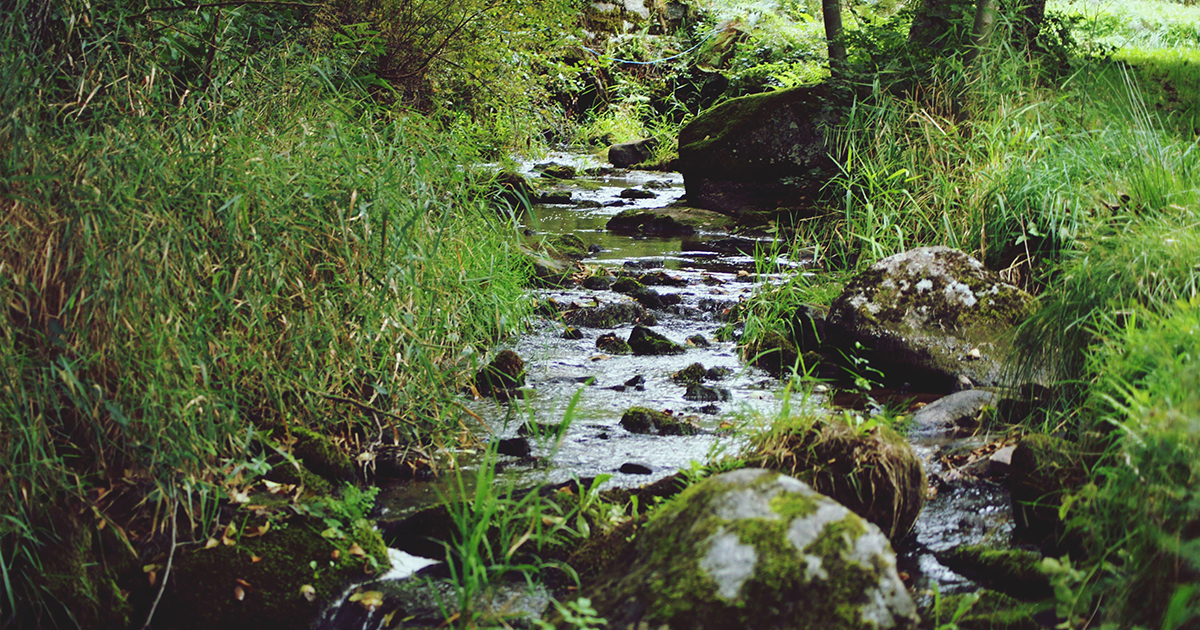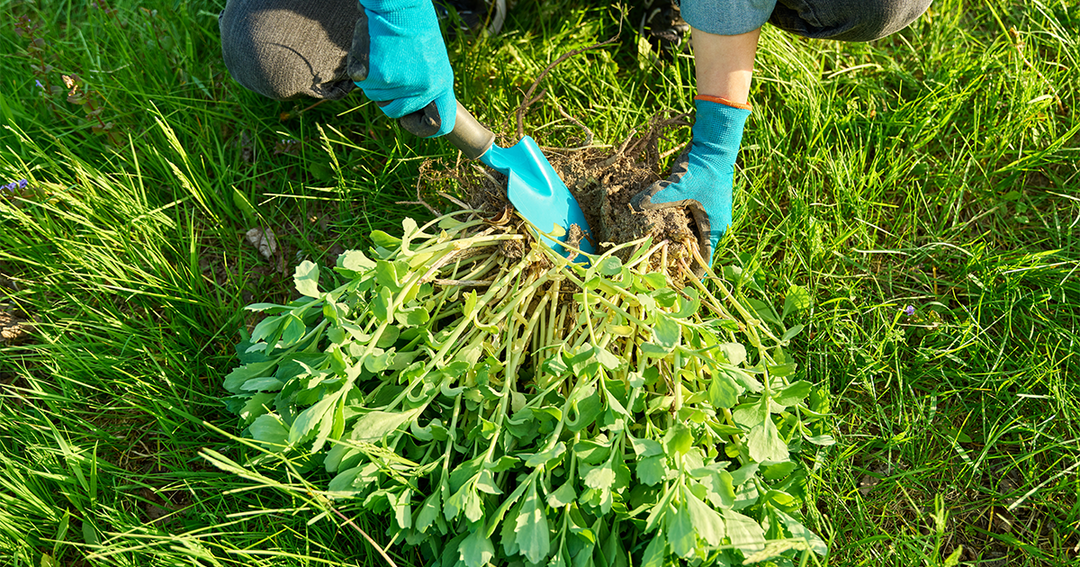A Day In The Life: Korean Forest Healing Instructor

In the 1980s, Japan was struggling with a mental health crisis. Its citizens were suffering from depression, anxiety, and suicide at record levels. As the problem grew, the government hired the country’s best psychologists to come up with a solution.
They came back with an idea that would influence Japanese culture for decades: , or “forest bathing.”
The government suggested that its citizens take advantage of Japan’s extraordinary forests. Psychiatrists told their patients to spend time in nature to ease the stresses of daily life. City dwellers began prioritizing time in the countryside, and shinrin-yoku gradually became a household idea.
It wasn’t long before the South Korean government noticed Japan’s success. South Korea was facing its own mental health crisis, and with 64% of the country covered in forest, Korea had a unique opportunity to try forest healing on a national scale.
The Korean government decided to fund an enormous study on the benefits of being in nature. They designated several areas as “healing forests,” and the Korean Forest Service staffed them with “healing instructors” -- park rangers who spend their days taking sick people into nature to help them get better.
The Healing Benefits of Nature
With the government behind them, Korean Forest Service healing instructors have begun practicing a new form of therapy.
They take small groups of people who have health issues -- stress, depression, anxiety, and even cancer -- and walk with them through South Korea’s dense, tranquil forests.
At various times throughout the walk, the instructor stops and asks the members to do a simple activity.
- At one point, the group may lie down and look at the sky for a few minutes.
- At another, group members may take off their shoes and walk barefoot, focusing on how the earth feels beneath their feet.
- Toward the end of the walk, the instructor may ask the group members to close their eyes, breathe deeply, and listen to the sounds of nature around them.
At first glance, these practices seem too simple to make much of a difference. How could a walk in nature help someone with severe anxiety or cancer?
But it turns out that spending quiet, intentional time in nature has a profound impact on both mental and physical health.
Before and after each walk, the healing instructors collect data on the people walking. They measure blood pressure, hormone levels, markers of stress, immune function, and more.
The results have given us valuable insight into the benefits of a simple walk in the woods.
- Walking briefly in nature twice a week reduces depression, anxiety, and fatigue, and improves markers of heart health.
- Moving from an urban environment to a more rural one sustainably improves mental health.
- Nature walks improve immune function and boost natural killer cell function -- one of your body’s main defenses against cancer.
Elderly people who take regular walks in nature show improvements in brain health that protect against dementia.
- Spending time in nature decreases cortisol, your body’s main stress hormone.
- Time in nature also speeds up recovery from work-related burnout and chronic stress.
In 2016, the Korean Forest Service had just three designated healing forests across Korea. Today, there are almost 40, each staffed with park rangers dedicated to improving mental health.
The growth of Korea’s forest program speaks to a simple and easily overlooked truth: if you’re feeling overwhelmed by life, a quiet walk in the woods may help you get back on track.






